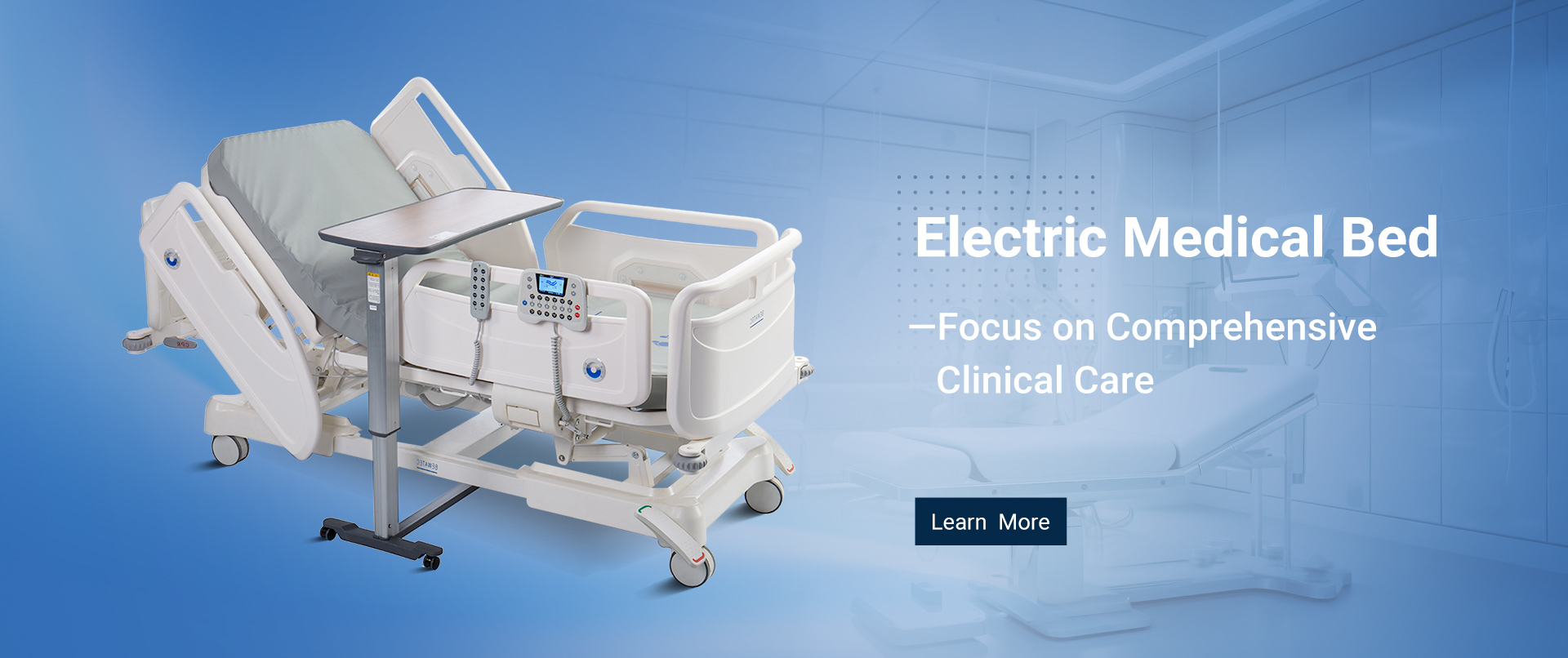When it comes to patient care, safety is paramount. An Electric Medical Bed is a crucial piece of equipment in hospital and clinic care environments. It offers both patients and caregivers the support needed for effective treatment and comfort. Choosing the right electric medical bed involves understanding the key safety features that can minimize risks and improve the overall experience.
Why Safety Features Matter
Patients who require an Electric Medical Bed are often dealing with limited mobility, recovery from surgery, or chronic health conditions. Without proper safety mechanisms, there is an increased risk of falls, pressure injuries, and other complications. Investing in a bed designed with comprehensive safety features can make a significant difference in patient outcomes and caregiver ease.
Essential Safety Features to Look For
1. Side Rails
One of the most critical safety components of any electric medical bed is the inclusion of sturdy, adjustable side rails. These rails prevent patients from accidentally rolling out of bed and can provide additional support when repositioning. Look for side rails that are easy to operate and offer multiple locking positions for maximum flexibility.
2. Height Adjustability
Height adjustability is a fundamental feature in ensuring patient and caregiver safety. An Electric Medical Bed should lower close to the ground to reduce injury risk in case of a fall, and raise high enough to enable caregivers to work without excessive bending or straining. Smooth, easy-to-control height adjustment can make daily care tasks much safer and more efficient.
3. Emergency Power Backup
In medical settings, power failures can occur unexpectedly. A reliable electric medical bed should include an emergency power backup system to maintain basic functions such as adjusting bed height or repositioning the patient. This feature ensures continuity of care even during power interruptions.
4. Brake and Lock Systems
An often-overlooked but vital safety feature is a robust brake and lock system. The wheels of the Electric Medical Bed should lock securely in place to prevent unwanted movement. Easy-to-access locking mechanisms offer peace of mind, especially when patients are getting in or out of bed.
5. Head and Foot Articulation
The ability to independently adjust the head and foot sections of the bed is important not just for comfort but also for safety. Proper positioning can aid in breathing, circulation, and pressure relief. Adjustable articulation helps prevent complications such as pressure ulcers and supports therapeutic positioning for various medical conditions.
6. Built-In Alarms
Some advanced electric medical beds come equipped with alarms that alert caregivers if a patient attempts to leave the bed unsafely. While not standard on all models, this feature can provide an added layer of security, particularly in environments with high fall risks.
7. Weight Capacity and Stability
Choosing a bed with a suitable weight capacity is essential. Overloading a bed not designed for a patient’s weight can lead to mechanical failure and injury. Stability is equally critical, ensuring that the bed remains secure during all adjustments and movements.
Conclusion
Selecting an Electric Medical Bed with the right safety features is key to protecting both patients and caregivers. From adjustable side rails to emergency backup systems, every component plays a role in creating a secure environment for recovery and care. Prioritizing these essential features ensures that the bed meets both clinical standards and personal needs, supporting better health outcomes and greater peace of mind.
For more insights and expert advice, visit our website at https://www.bwtehospitalbed.com/ to learn more about our products and solutions.
Post time: Apr-14-2025









